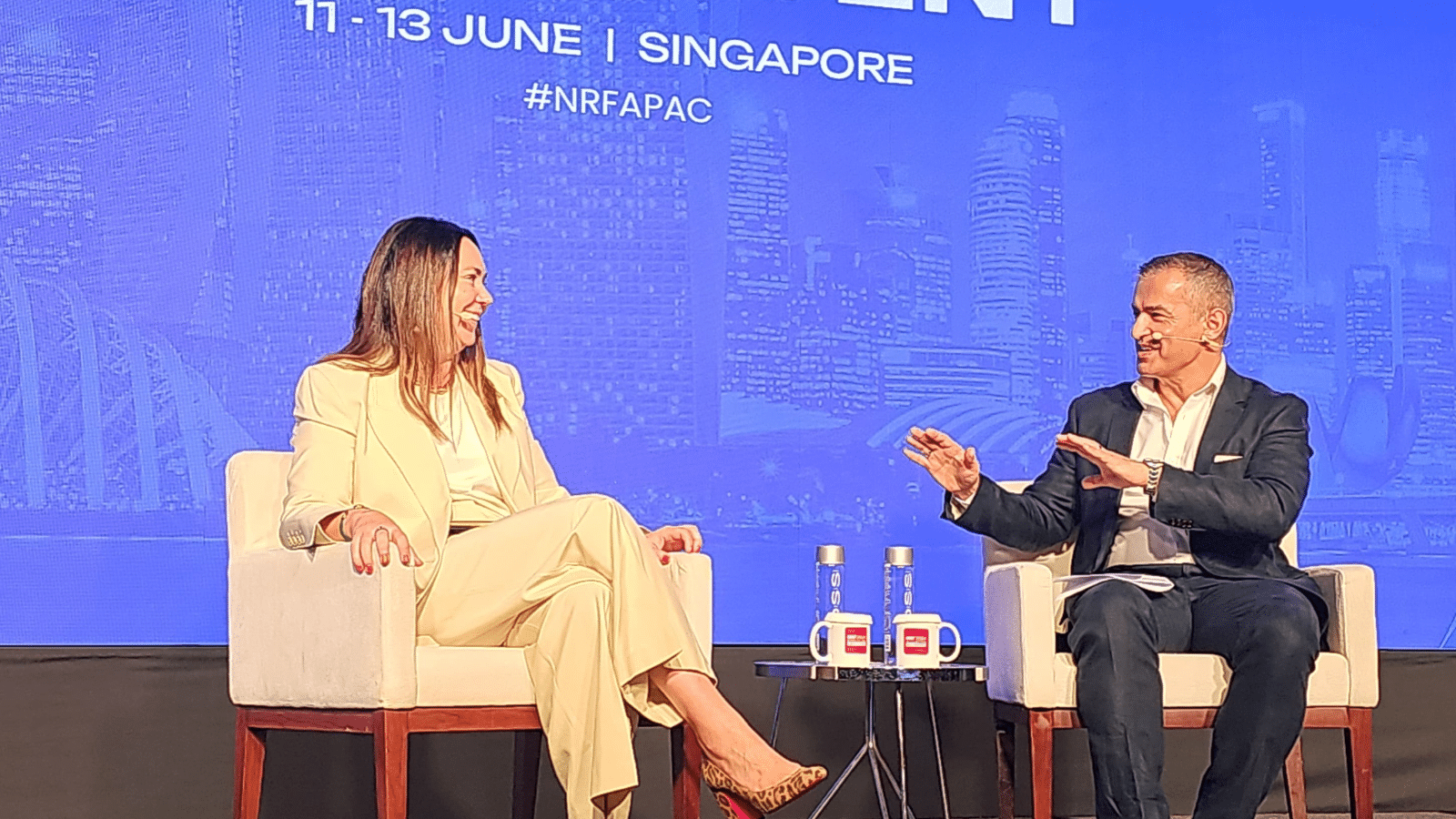Day two kicked off with an exciting fireside chat with Nicole Sheffield, Managing Director of Wesfarmers Limited OneDigital and Paul Zahra, CEO of the Australian Retailers Association.
Wesfarmers is one of Australia’s largest listed companies with approximately 120,000 team members across a diverse portfolio of businesses including some of Australia’s leading retailers such as Bunnings, Kmart, Target, Officeworks, Priceline and Catch.
In her role as Managing Director of Wesfarmers OneDigital, Nicole is responsible for the Group’s digital businesses, including the OnePass Membership Program, the Catch marketplace and OneData, the Group’s shared data asset.
Paul Zahra is a leading figure in Australian retail, working in the industry for 40 years including in senior executive and non-executive roles. He has previously held senior leadership positions at Target, Officeworks, and David Jones, where he was the CEO and Managing Director.
Nicole began the chat with a journey through her career, from lawyer to executive roles with Australia Post, News Corp Australia, and FOXTEL.
Since 2022, Nicole has led Wesfarmers OneDigital business, which brings together the group’s digitally native businesses, including the OnePass membership program, the Catch marketplace, and the Group data asset. OneDigital powers the Group’s data and digital growth ambitions and provides customers with a more seamless, rewarding and valuable omnichannel experience across the Group’s retail businesses. The division employs about 600 team members.
“Data is a journey. You will encounter ‘false starts’ but stick with it. Data is where business and customers attain value”.
“OnePass has a lot of omnichannel benefits. We can pull data from many of our businesses, including Priceline Pharmacy, Kmart, Bunnings and Kmart.”
“It’s an ‘opt-in’ for the customer but adds real value, including 5x FlysBuys points, 2x Sister Club points at Priceline, 365 Day ‘Change of Mind ‘returns and exclusive offers for members.”
OnePass is a paid Loyalty Program. A small subscription fee of $4 per month ($40 annually). Unlike traditional loyalty programs that are free to join, paid loyalty programs require customers to pay a fee in exchange for rewards.
Zahra asked whether it was important to charge the 12.2 million customers to join the program?
Research suggests that customers who join paid loyalty programs are up to 60% more likely to spend more with the brand after subscribing, compared to before their membership. Furthermore, these members often exhibit a higher retention rate, with companies reporting that paid loyalty program members renew at rates of 70% or higher.
This demonstrates the effectiveness of paid loyalty programs in not only encouraging more frequent purchases but also in fostering long-term loyalty among customers, thus increasing the overall value they bring to a company over time.
Zahra asked, “How are you using data to predict customer needs?”
Sheffield provided a great example.
“Officeworks has a great ‘Back to School’ Program. In the past, they would simply publish catalogues or use social media to promote. However, as OnePass can mine data from our multiple retail brands, we can now use data to better profile our shoppers.”
“Consider a family with preschool children, versus high school children, to a family with children entering university. Those families will have different stationery and technology needs. We can now serve those needs more precisely,”
Zahra asked, “How do you protect data?”
When your brand is built on trust, Sheffield said, it is critical to get data security right. We have teams that de-identify data and protect users.
Sheffield acknowledged businesses can sometimes get it wrong, and that mistakes can be made when it comes to data protection and privacy. Australia has had several events of data hacking.
“If we don’t protect our customers’ data well if we don’t have all the safety protocols in place and slip up, it’s reputational damage. Trust is hard to earn, but easy to lose.”
Zahra enquired about whether OneDigital was using AI in analytics.
“AI has been a game changer. You must include AI in your business. You must use it responsibly.”
“We start by considering the business problem we are trying to solve.”
For example, Kmart’s inventory robot, ‘TORY’. The AI autonomous robot helps stores locate inventory. Stocktaking, which was costly, and took place twice a year, now happens progressively throughout the year.
“Think about it, knowing where the inventory is, makes ‘pick, click and collect more efficient for team members. While there are efficiency benefits for the store, there are also customer benefits. When a customer is ordering online, they want to make sure the product is there. There’s nothing more frustrating than arriving and not finding the product is not on the shelf or ready for collection.”
Sheffield suggested, “You can’t do it on your own, you must collaborate in order to be innovative.”
“How do you get boards to lean in and support investment in these technologies”, asked Zahra.
Sheffield suggested, “Return on capital in the past was easy, sales per square meter. But investment in tech is harder because we don’t really understand the extent of future benefits.”
“We found our OnePass Members are more valuable than Non-OnePass customers. We found they are more likely to cross-shop across our brands.
Shopping frequency and transactions are 2.7 times more than non-members, annual spending on Catch is 3 times higher than non-members, nearly 50% of members have opted for the annual subscription, and they are three times more likely to be omnichannel shoppers than non-members.
Our businesses have found a 25% uplift in sales for members when they first join the program.
“Acquisition is important. Retention is vital, but ‘spend’ is critical to get support”.
Sheffield concluded by saying it was vital to bring data analysts and sales teams together.
“Retailers fail in this space when they develop silos.”
Sheffield recounter an example of teams working in silos during her time with NewsCorp’s News.Com business. At the time, NewsCorp journalists and data scientists were working separately.
“Every day, we would have these ‘Stand Ups’ where teams would come together and speak about what they were doing. The journalists would speak and the data guys would have their headphones on, looking down at their screens. I recall asking a journalist how many people were reading the ‘splash’ (headline). He said, about 14,000.”
“We were number three in the market at the time.”
So, at one of these Stand Ups, I asked one of the data teams to suggest, from their ‘analysis’, what keywords would increase readership. He suggested several new key words be added to the headline and ‘reads’ instantly increased to 21,000.
“The next day, at the Stand Up, headphones were off, eyes were up watching the screens and read counts. Data and people working together leads to successful outcomes.”
“News.Com went to Number One in 3 months.”




















